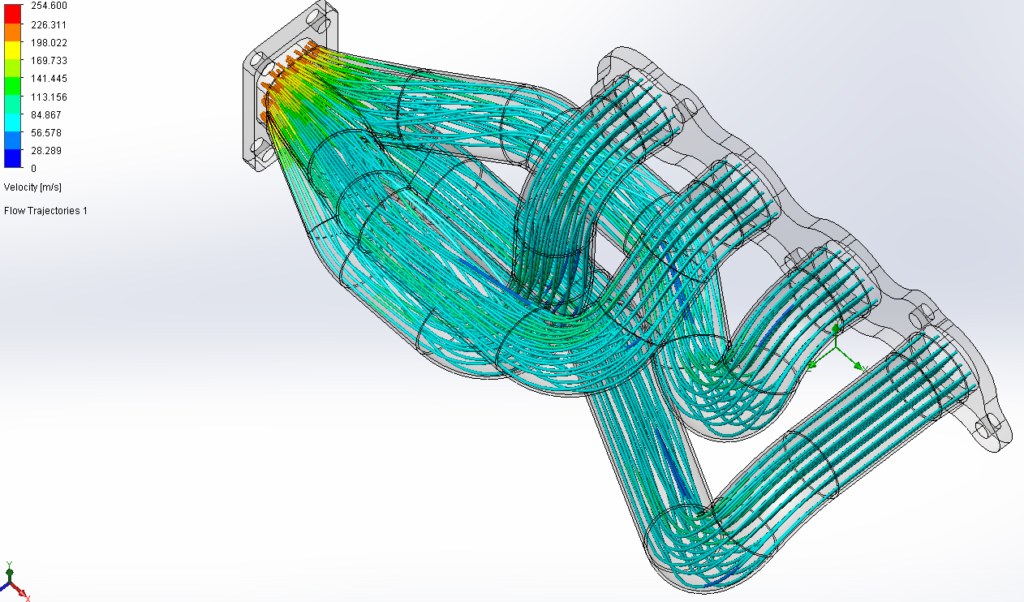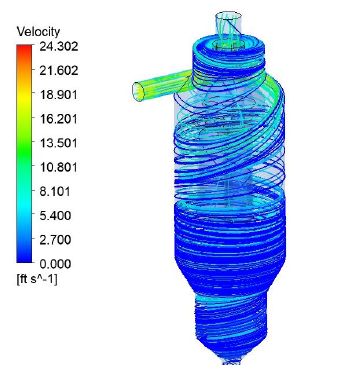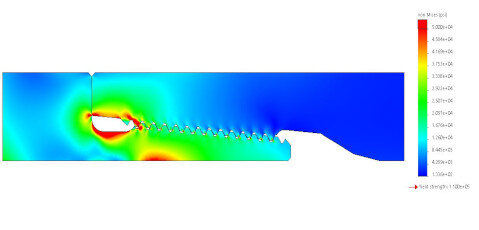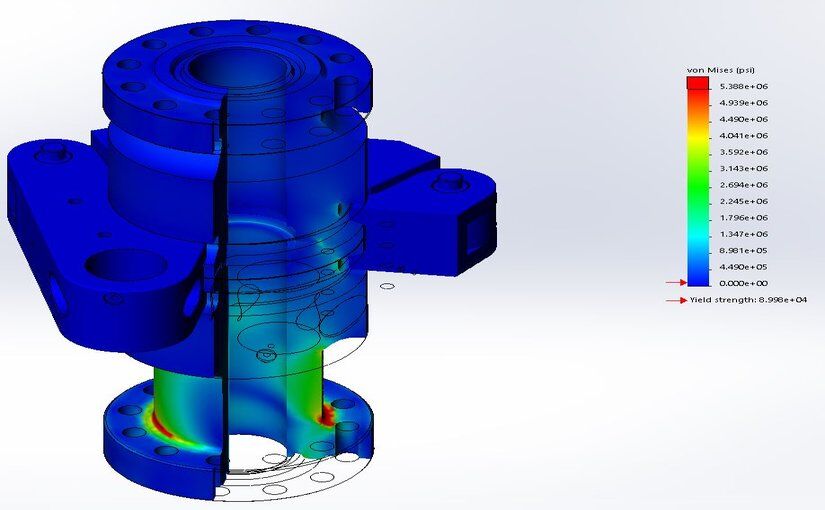
Computational Fluid Dynamics (CFD) is a design and engineering tool used to simulate the flow of fluids such as air, water, or any fluid in the system and understand the effect of the fluid flow on the surroundings. CFD is best used in case studies, where the system behavior cannot be calculated using conventional calculation methods and needs complex mathematical modeling to capture the behavior. Traditionally, engineers used to rely on experimental and wind tunnel studies to capture the aerodynamics and the dynamics of the system. However, with the advent of CFD, it has become possible to go through a less expensive and time-consuming process to capture the same.
As technologies and solvers in CFD keep on developing, the complexity and the ability of CFD to capture complex flows have become possible. It is now possible to perform a complete analysis of an aircraft in flight using CFD and High-Performance Computing (HPC). High Performance Computing most generally refers to the practice of aggregating computing power in a way that delivers much higher performance than one could get out of a typical desktop computer or workstation in order to solve large problems in science, engineering, or business. Various CFD companies in USA and worldwide are using CFD and HPC to develop an automated approach of developing components as well as performing large computations on complex processes such as reactor simulation, design optimization, and various others. CFD analysis services provide CFD and HPC services to companies that need to understand complex processes through flow analysis and provide CFD consulting services to either modify or optimize the solution based on the requirement of the client. Flow engineering services use CFD with scalable computing power in terms of speed and memory for various CFD techniques such as Direct Numerical Simulations (DNS) and Large Eddy Simulation (LES) which provide highly accurate results and hence are very useful especially in the fields such as aerospace, automotive, oil and gas and various others.
In the world of CFD, high-performance computing (HPC) offers some significant advantages. Along with running larger and complex CFD cases, HPC also drives productivity by reducing simulation running and increasing the output obtained from the CFD simulations. It’s clear that the CFD industry is moving toward a many-core architecture, and simulations are moving from a handful of cores to tens of thousands of cores. For clients and industries who do not have the architecture to maintain and run a cluster themselves, various cfd analysis and cfd consulting services partner with cloud computing service providers. Cloud computing platforms offer affordable access to advanced computational resources that can be tailored to meet the simulation needs of the clients.
The greater availability of computational resources allows the CFD analysis services to run larger simulations and capture more complex phenomena, which offers benefits across the spectrum of application areas. For example, gas turbine simulations often contain hundreds of millions of cells. Running these cases on a low number of cores translates to extremely long runtimes, which are often unacceptable for fast-paced industry timelines. Using thousands of cores, however, you can obtain results in a reasonable amount of time, even for massive cases. For internal combustion engines, with sufficient computational resources, the flow engineering services can run multiple engine cycles in a day for quick turnaround on geometry optimization, emissions studies, cyclic variability analysis, and other engine simulations.
High-performance computing (HPC) enables both academia and industry to accelerate simulation-driven product development processes by providing a massively parallel computing infrastructure. In particular, the automation of high-fidelity computational fluid dynamics (CFD) analyses aided by HPC systems can be beneficial since computing time decreases while the number of significant design iterations increases. Since CFD and HPC use the benefit of various cores or nodes on a supercomputer, each node can be assigned a design iteration that can run the analysis and provide the results. The CFD analysis services can then analyze the results for each of the nodes and provide consulting on optimizing the products based on the results. Design exploration and performing numerous iterations leads to product evolution and better-performing products.
The latest developments in artificial intelligence (AI) and machine learning can assist the utilization of CFD and high-performance computing in the future. Current requirements around the globe show that AI can already support the generation of problem-adapted geometries and models. The evaluation of the mesh quality, which is now mostly conducted by the user, could also be automated with the help of AI. The practical applicability of AI-based meta-modeling is also continuously increasing, making AI a promising perk for the HPC and CFD simulation-driven product development of the future.
Another development that has recently occurred is the use of Graphical processing units (GPU) with CFD simulations and high performance is driven to address practical and cost-effective ways to address the need for transients, high-resolution LES, and multi-disciplinary simulations. Using the latest CFD software and algorithms, it is further possible to push the boundary of CFD simulations by combining the benefits of both CPU and GPU computations for performing high performance driven product development. Various flow engineering services and CFD analysis services utilize the benefit of combined CPU GPU acceleration for various sectors such as chemical, mechanical, biomedical sectors and they are paving the way for the future.
The above discussions have simply scratched the surface on a number of issues and trends around high performance driven and CFD. However, they show the very real stance being taken by CFD companies in USA and around the globe for changing needs and technologies in various sectors. CFD consulting services must remain open-minded, proactive, and ready to adapt to new technologies to remain relevant and innovative.






